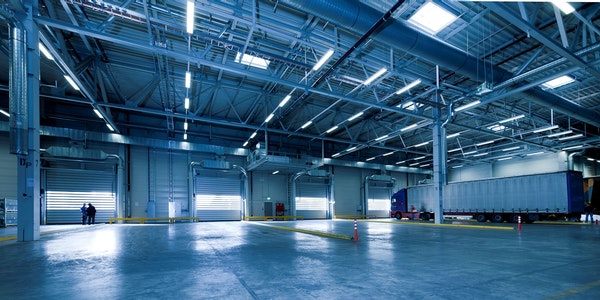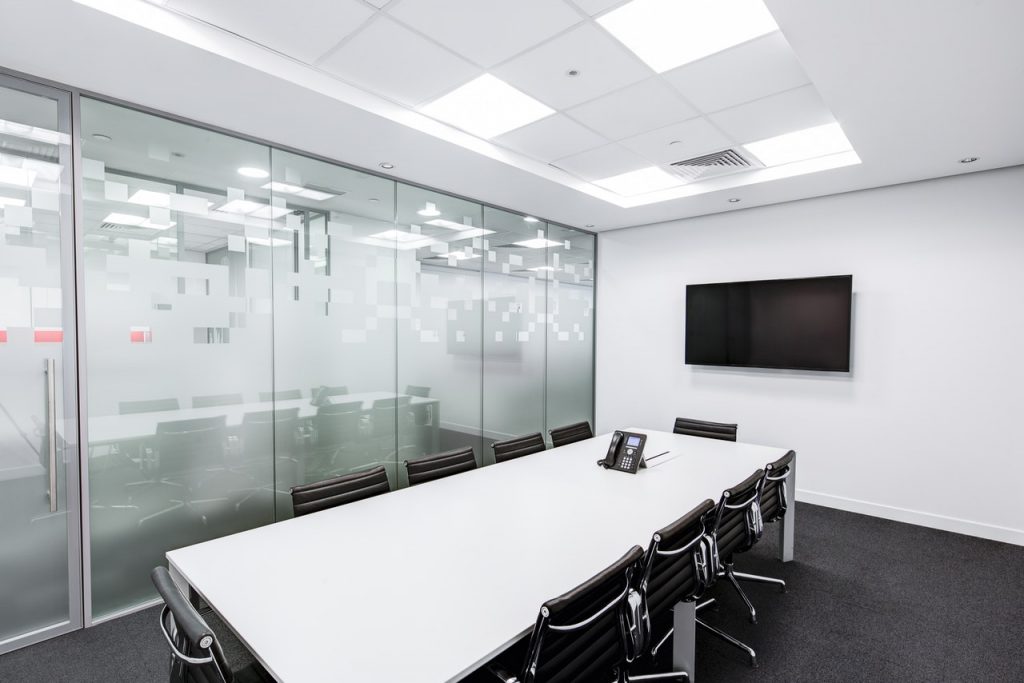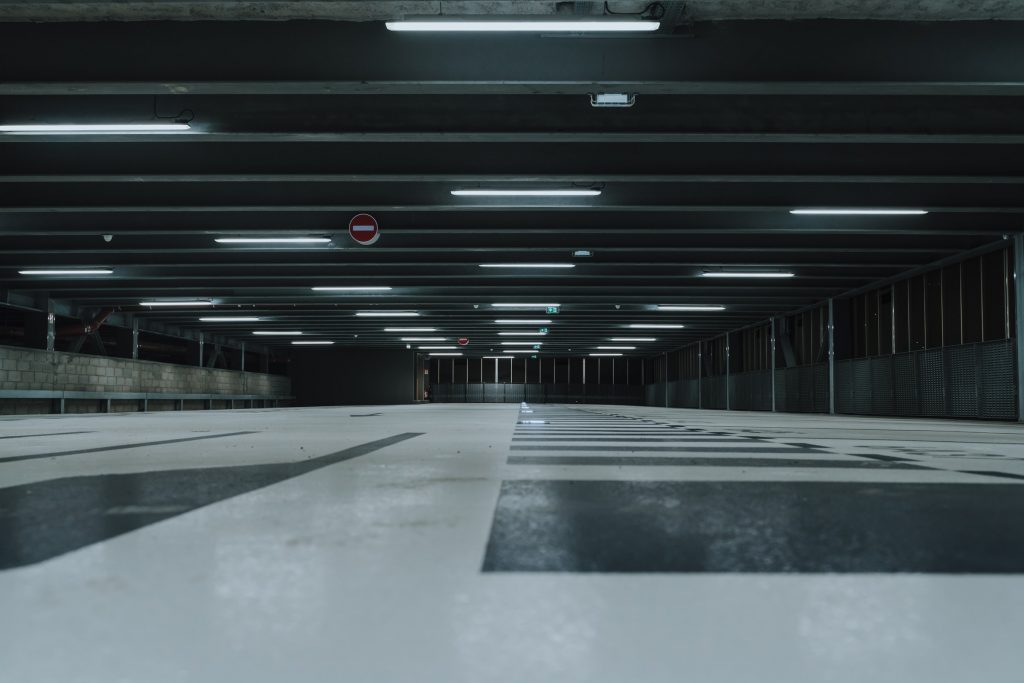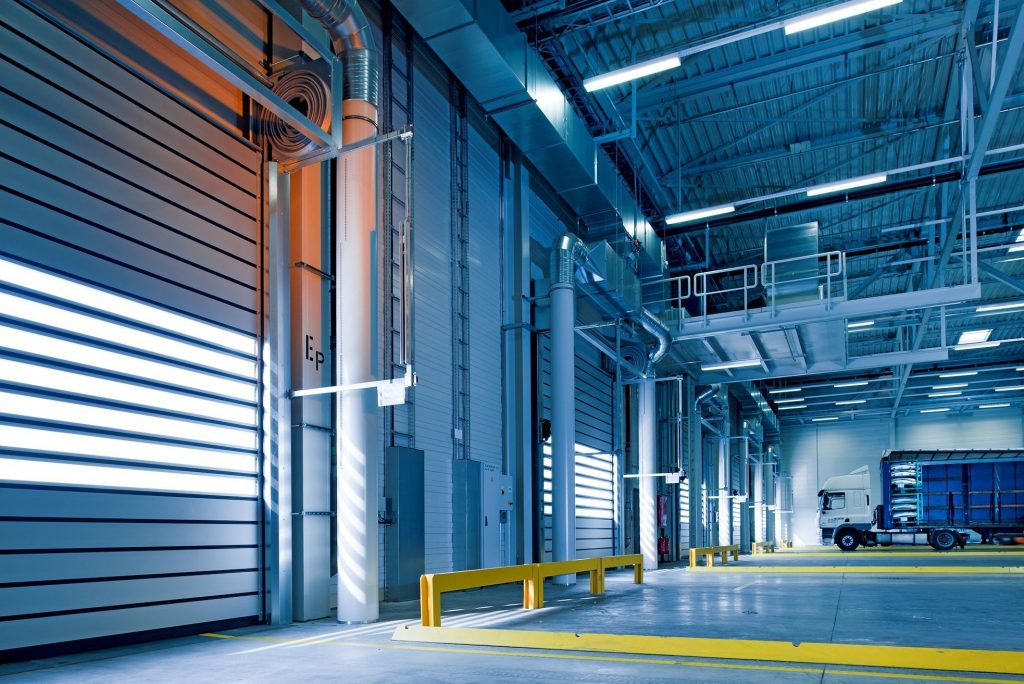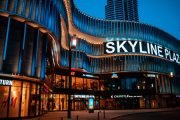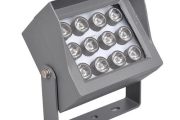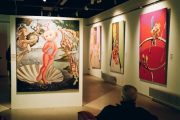1. What type of environment is in the scene?
Scene lighting is usually divided into three types: natural light, artificial light and a combination of the two.
The representative natural light is sunlight. When using natural light, there are several other issues to consider: what time of day it is now. Is the sky clear or overcast? Also, how much light is reflected to the surroundings in the environment?
Artificial light can take almost any form. Any type of environment illuminated by electric lights, stoves, or both can be considered artificial. Artificial light is probably the most common of the three types of light sources. You also need to consider where the light comes from and what the quality of the light is. If there are several light sources, to figure out which one is the main light source? It is also important to determine whether to use colored light. Almost all light sources have a colored hue instead of pure white.
The last type of light is a combination of natural light and artificial light. When shooting movies in bright outdoors, photographers and lighting engineers sometimes use reflectors or auxiliary lights to alleviate harsh shadows.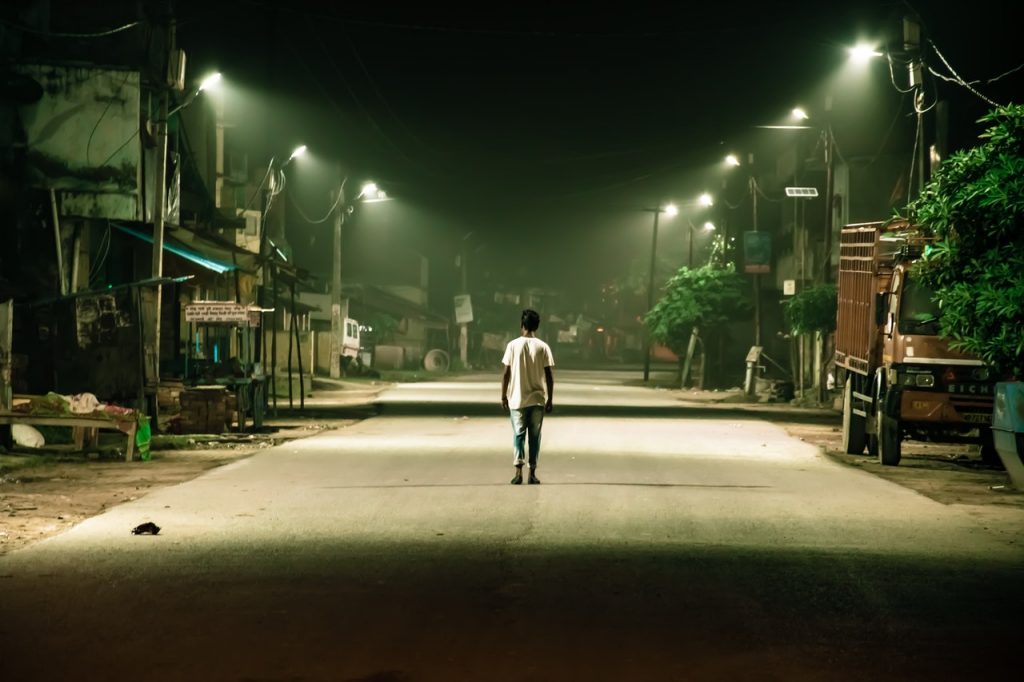
2. What is the purpose of the light?
In other words, what is the tone and atmosphere of the scene? Expressing a tone in the lighting is crucial to the appearance of the entire image. In some cases, the only goal is to see one or several objects clearly. But usually this is not the case, and the actual goal is quite complex.
Lights help express an emotion or guide the viewer’s eyes to a specific location. It can provide greater depth to the scene and show rich layers. Therefore, when creating the lighting for the scene, you can ask yourself, what tone do you want to express? Does the lighting you set enhance the plot of the story?
Are there special lighting effects in the scene? If so, should they be created with lights or by other means?
In addition to the usual types of lights, many 3D animation software provide many special effects in the form of incandescent lamps, three-dimensional light sources, and special material properties.
Although strictly speaking, some of the lights in the scene are not of the type of light, they are usually added to the appearance of the visible light effect. A simple example is the sparkle or luminescence of a visible light source. Since these effects cannot be generated automatically in 3D, you need to specifically include them in the rendering, and consider their appearance and strengths.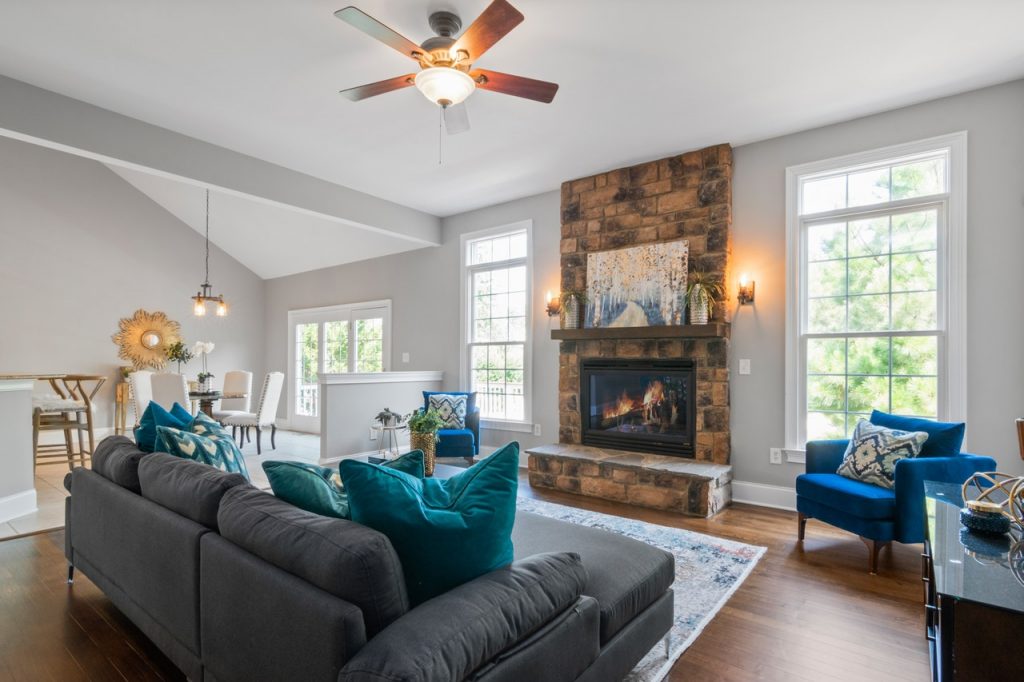
3. Is there any reference material for the creative source?
When creating realistic scenes, you should develop the habit of drawing materials from actual photos and movies. Good references can provide clues to how certain objects and environments look like at different times of the day or under certain conditions.
By carefully analyzing the positions of highlights and shadows in a photo, it is usually possible to reconstruct the basic position and intensity of the light that acts on the image. You can also learn a lot by using the existing original data to reconstruct the lighting layout.
After considering the above issues, we should now create lights for a scene. Although the number and type of light sources and their individual attributes will vary from scene to scene, there are three basic types of light sources: key light, supplementary light, and background light, which work together in harmony.
Key light
In a scene, its main light source is usually called the key light. The key light is not necessarily just a light source, but it must be the main light source of illumination. Similarly, the key light may not be fixed in one place like a point light source.
Although the point light source is usually placed in three-quarters of the position (turned 45 degrees from the front of the object, and 45 degrees from the center line, this position is often used as a fixed position), but according to the needs of the specific scene , It can also come from below or behind the object, or any other position. The key light is usually the light source placed first and used to create preliminary lighting effects in the scene.
Although the initial placement provides a good way to illuminate objects. However, the result is indeed a monotonous and boring image. The shadows are usually rough and very noticeable. Likewise, the scene always looks too dark because there is no natural ambient light to brighten the shadow areas. This situation is very useful in specific scenes, such as night scenes. However, for most pictures, it seems a little inappropriate.
Supplementary light
Supplemental light is used to fill the dark and shadow areas of the scene. The key light is the most noticeable light source in the scene, but the light of the supplementary light can provide depth of field and a realistic feeling.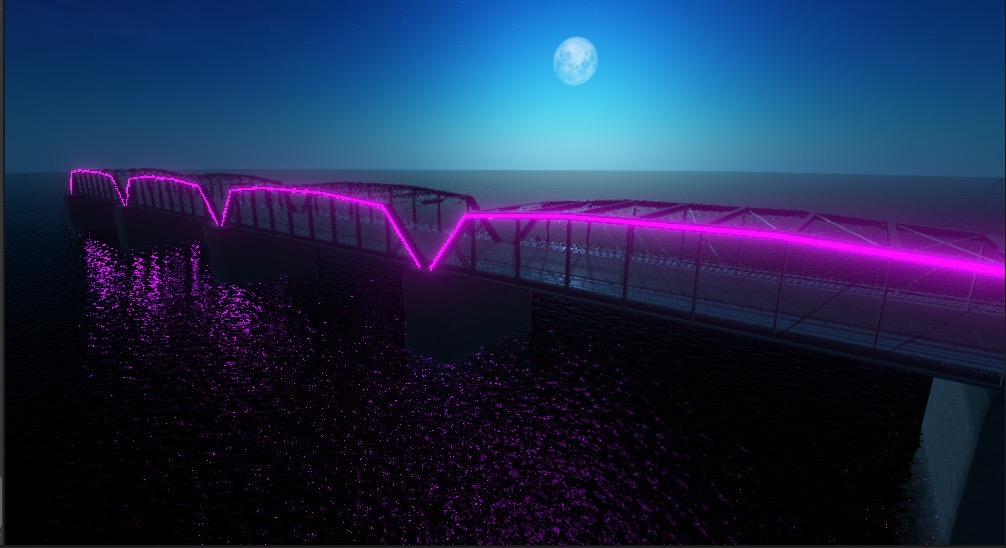
The more important supplementary light comes from natural diffuse reflection. This type of light is often called ambient light. Part of the reason why this type of light is important is that it increases the brightness of the entire scene. Unfortunately, the ambient light of most renderers is uniformly applied to the entire scene. It reduces the overall darkness of the scene, it eliminates some possible characteristics, and it cannot model any light and shadows on illuminated objects. This is the main reason that makes the scene look unrealistic.
A better way to simulate ambient light is to place low-intensity spotlights or floodlights in a reasonable position in the scene. This type of auxiliary light should reduce the shadow area and add some light to the bottom and corners that cannot be directly illuminated by the key light.
In addition to the natural scattered light or ambient light in the scene, supplemental light is used to illuminate areas that are too dark or emphasize some parts of the scene. They can be placed opposite the key light to soften the shadows.
Background light
Background light is usually used as “edge light”, which separates the target object from the background by illuminating the edge of the object. It is often placed directly opposite the three-quarters of the key light. It acts on the edge of the object, causing a small reflection highlight area. If the model in the 3D scene consists of many small rounded edges, this kind of highlight may increase the credibility of the scene.
Other types of light sources
The actual light sources are those lighting sources that actually appear in the scene. Table lamps, car headlights, lightning, and flames burning in the wild are all potential light sources.
After setting up the lights for the scene, there are some other factors to consider.
4. Is the solution simple and necessary?
The light in the scene is different from the real light, it requires more effort in rendering time. The more complex the lighting settings, the more time it takes to render, and the more difficult the lighting management will become. You should ask yourself whether each type of light is necessary for the look you are making.
When the light source is increased, the reflection point will naturally decrease. At some point, adding a light source will not improve the appearance of the scene, and it will become difficult to distinguish the value of the added light source. You can try to look at each light source independently to measure its relative value to the scene. If there is any doubt about its usefulness, delete it.
5. Do some objects need to be excluded from the light source?
Excluding an object from some light sources can save time when rendering.
This principle is also correct for making shadows. Every light source in the scene is used to make shadows, which is rare. Making shadows can be very expensive (especially in the case of ray-traced shadows), and sometimes harmful to the final image.
Can you simulate any light with texture effects instead of actual light sources?
Building light sources, illuminated displays, and other independent small combined light sources can sometimes be created with textures instead of actual light sources.
Can some tricks be used to make the scene more realistic?
For example, adding colors or textures to the light source can easily make the scene have a better atmosphere.

